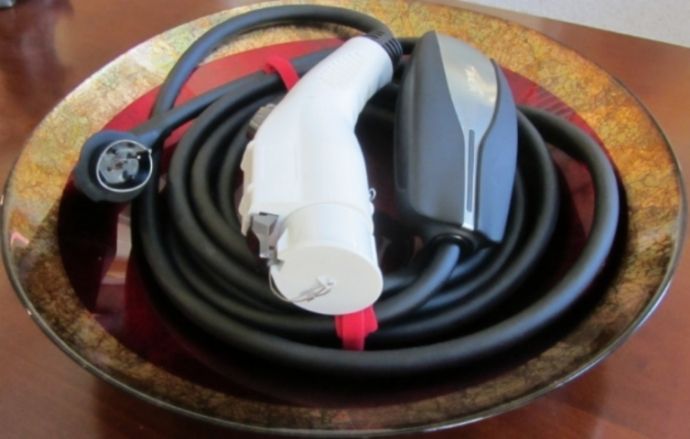jimmyz80
Well-known member
TonyWilliams said:How about a 12amp, 16amp, 24amps and 40 amp J1772 all-in-one portable charging cable based on the Tesla UMC:
Only 8 pounds, super flexible, and includes carrying bag and two plugs:
- NEMA 5-15 household 120 volt plug for 12 amps
- NEMA 14-50 plug for "50 amp" RV park or 240 volt garage for 40 amps
http://shop.quickchargepower.com/JESLA-is-THE-40-amp-J1772-portable-charging-solution-JESLA.htm

When you attach the following respective plug, JESLA will automatically provide up to the following amperage:
............................................VOLTS / AMPS.......kW
NEMA 5-15 .......Standard Outlet.. 120 V / 12 A...... 1.4 kW
NEMA 5-20 ...... Motel air conditioner 120/16A....... 1.9 kW
NEMA 10-30......Older Dryers...... 240 V / 24 A...... 5.8 kW
NEMA 14-30......Newer Dryers..... 240 V / 24 A...... 5.8 kW
NEMA 6-50 .......Welding Equip.... 240 V / 40 A...... 9.6 kW
NEMA 14-50......RVs and Camps.. 240 V / 40 A...... 9.6 kW
I like the concept and I've looked into the JESLA in the past, but it just doesn't meet my needs in this case. It's also double the cost of what I decided on.
